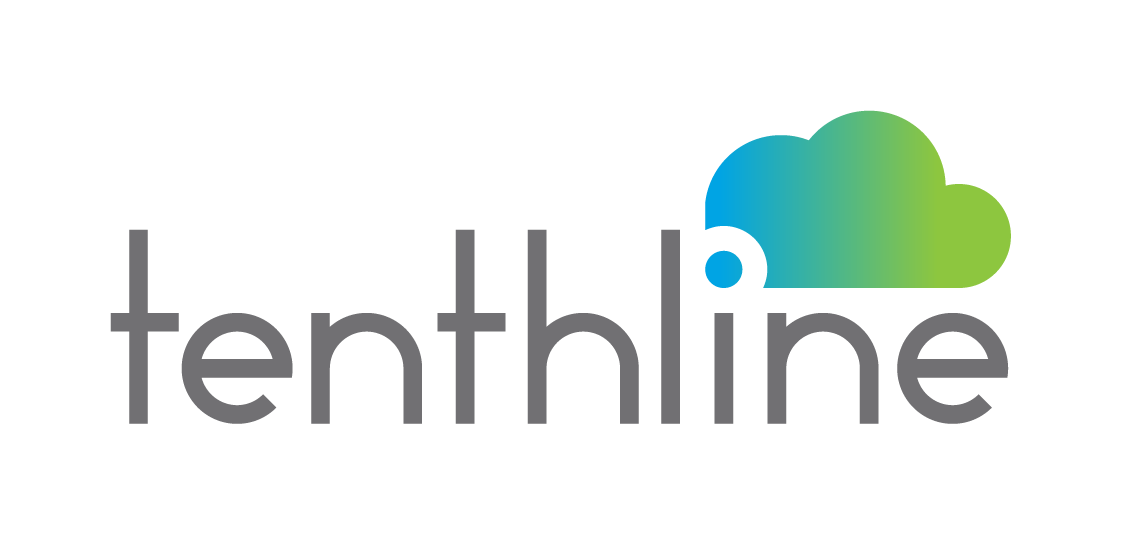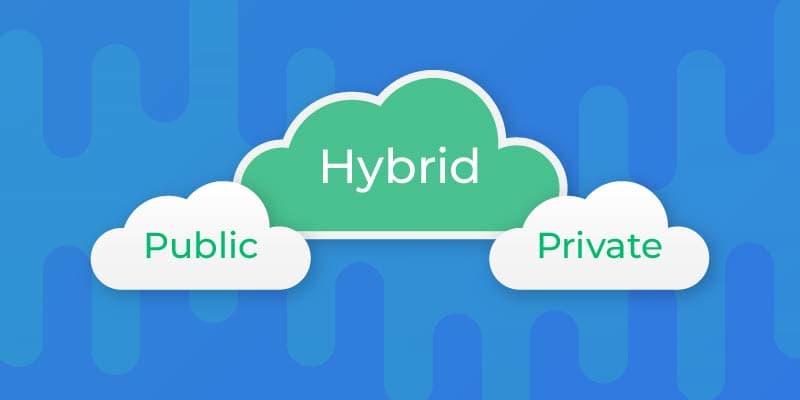Many people use the terms “Azure” and Cloud interchangeably, but there is a big difference between the two. Azure is a type of cloud computing service, while “the cloud” refers to the delivery of computing services via the internet. In other words, Azure is a subset of the larger category of cloud services. Keep reading to learn more about the key differences between Azure and other types of cloud services.
What is the Cloud?
The “cloud” refers to the delivery of computing services—including servers, storage, databases, networking, software, analytics, and intelligence—over the internet to offer faster innovation at lower cost. When you use cloud services, your devices and systems are connected to resources belonging to your provider’s data centers. For example, when you store photos on the cloud, you can access them on any authorized device as long as you have an internet connection. The photos aren’t stored on the devices themselves, the cloud acts as a central storage hub.
What is Azure?
Azure is a cloud computing service from Microsoft that businesses can use to build, test, deploy, and manage applications and services through Microsoft-managed data centers. Azure offers a variety of services, including computing, storage, networking, databases, analytics, and more. Businesses can use Azure to run Windows or Linux virtual machines (VMs), containers, serverless functions, or managed workloads such as web apps or SQL databases. Additionally, businesses can use Azure to build their own Internet of Things (IoT) Edge devices or connect to other devices in an IoT solution.
Key Features that Set Azure Apart from Other Cloud Services
Now that we’ve answered the question “what is Azure?” let’s take a closer look at some of the key features of Azure compared to other types of cloud services:
* Public vs. Private: When you use public cloud services like Azure or AWS (Amazon Web Services), you share physical infrastructure with other customers at a massive scale. A private cloud connection gives your business dedicated access to Microsoft data center infrastructure (for uses such as computing, storage, and networking).
* On-premises vs. Off-premises: With on-premises solutions like Microsoft 365 or Office 365 E5 suites, you install software on your own local servers with equipment that you manage yourself (or with help from a contractor). With off-premises solutions, software for these same suites—and often storage and processing power— are accessed over the internet using web browsers or mobile apps.
* Hybrid capabilities: Some businesses choose hybrid capabilities so they can keep certain workloads on-premises while connecting their data centers to public clouds for added flexibility and scalability. For example, customers might move their email systems to Office 365 to take advantage of Exchange Online’s disaster recovery capabilities while keeping traditional lines of business applications on-premises. Alternatively, they may choose Database as a Service (DBaaS) solutions like SQL Database Managed Instance as they provide built-in high availability without having to purchase additional hardware or software. Learn more about how customers are using hybrid capabilities with Azure Stack HCI Solutions.
As you can see, Azure’s cloud flexibilities set it apart from other types of cloud services. When deciding which type of service is right for your business needs, it’s important to consider things like public vs. private access, on-premises vs. off-premises infrastructure, and hybrid capabilities. Keep these factors in mind as you continue your research into which type of cloud service is right for your business needs. Thanks for reading!



What are the disadvantages cloud computing?
What are the benefits of cloud computing?
What are the risks of cloud computing?
How do I develop a cloud strategy?
Which workloads can I move to the cloud?
There are a number of different workloads that can be moved to the cloud. These include storage, compute, networking, and applications. Storage workloads can be moved to the cloud using cloud storage services such as Amazon S3 or Google Cloud Storage. Compute workloads can be moved to the cloud using cloud computing services such as Amazon EC2 or Google Compute Engine. Networking workloads can be moved to the cloud using cloud networking services such as Amazon VPC or Google Cloud VPN. Applications can be moved to the cloud using cloud-based application hosting services such as Amazon Elastic Beanstalk or Google App Engine.
What’s Benefit of azure microsoft ?
As a marketer, you know that staying ahead of the curve is essential to your success. And if you’re not already using Azure cloud services, you’re missing out on some major advantages. Here are the top 10 reasons to make the switch today.
1. Azure offers more features and functionality than any other cloud platform.
2. Azure is constantly innovating, with new features and updates released every month.
3. Azure has a global reach, with data centers in over 34 countries.
4. Azure is backed by Microsoft, one of the most reliable brands in the world.
5. Azure is secure, with layers of protection including firewalls and intrusion detection systems.
6. Azure provides great value for your money, with competitive pricing and flexible plans available.
7. Azure is easy to use, with a user-friendly interface that even novice users can master quickly. 8Azure supports a wide range of programming languages and development frameworks 910)azure offers unparalleled scalability, making it perfect for businesses of all sizes.”>As a marketer, you know that staying ahead of the curve is essential to your success – and if you’re not already using Azure cloud services, you’re missing out on some major advantages! Here are the top 10 reasons to make the switch today: 1)Azure offers more features and functionality than any other cloud platform; 2) Azure is constantly innovating, with new features and updates released every month; 3) Azure has a global reach, with data centers in over 34 countries; 4) Azure is backed by Microsoft – one of the most reliable brands in the world; 5) Secure – With layers of protection including firewalls and intrusion detection systems included standard on all plans 6)) Value for your money – competitive pricing combined with flexible plans makes this service an affordable choice for businesses of any size 7))) User-friendly interface – even novice users can get up-and-running quickly 8)) Supports multiple programming languages & development frameworks 9)) Unparalleled scalability – perfect for businesses of all sizes! for more information click here https://tl-site.azurewebsites.net/top-10-reasons-to-use-azure-cloud/